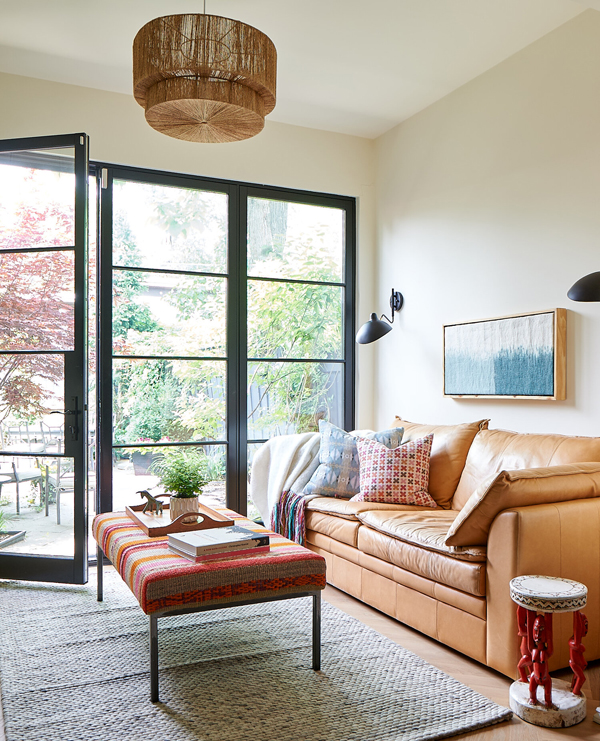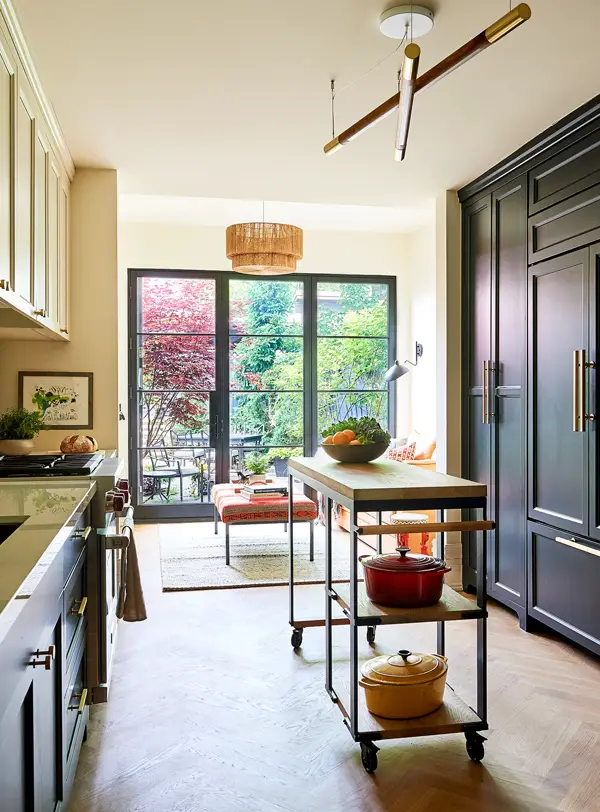Although people used to assume cold spots in our homes meant the building was haunted, we’ve since realized that a host of other problems can cause these chilly areas. From drafty windows to poorly insulated flooring, there’s a lot to think about if you notice an area of your home doesn’t heat like the rest of it.
Here at the top things to consider if you’re dealing with a cold spot and how you can take care of it!

Drafty Windows and Doors
The most common culprit for the cold is drafty windows and doors. Nobody sits around purposefully, letting in endless cold air, but we often aren’t aware of our homes’ weak spots. A simple trick to tell where drafts are coming from is to light a candle or a good lighter. Old versions of this text would use a match, but this can become a considerable fire hazard if dropped. When you walk by windows and doors, watch the flame of your candle or lighter. IF the flame flickers strongly towards or away from these openings, that’s where your air leak is. You can replace windows and doors or have the gap sealed, and this may solve your issue.

Poor Floor Insulation
Shoddy floor insulation can account for a large portion of drafts in homes. If you don’t have insulation with wooden flooring, you could have cold air seeping up into your home. This problem is no reason to jump straight to looking at St. Albert real estate; instead, consider looking around for reasonable rates to get proper insulation. This plan can be expensive, depending on how much is needed- but once your home is adequately insulated, you’ll save unlimited money on heating and cooling your home.

Is The Area an Addition?
Additions are infamous for never being the same temperature as the rest of the house. Unfortunately, because these spaces are built differently from the rest of the home and often are just a garage or storage area made into a room, they’re insulated differently. The heating doesn’t reach them. What that means is you’d have to reinsulate this area, possibly do the flooring, and decide whether you want to build onto your heating and cooling system or get a plug-in unit for the seasons. There’s no easy fix for this, but these areas are often seen as a problem zone for temperature control.

Where’s The Heat Source?
Sometimes the answer is as simple as considering where your heat source is. If your heating system is away from this area, and your thermostat isn’t reading the temperature in this portion of your home, it could be that your heating doesn’t reach this far. Unfortunately, the fixes for this problem can be harder to make happen. You can add a wall-plug heater for this space, or you could put in the money to have your heating system extend this far. Heavily consider how often this area is used in winter, and make a financial decision that you can justify. Thanks to New Air for consulting






















